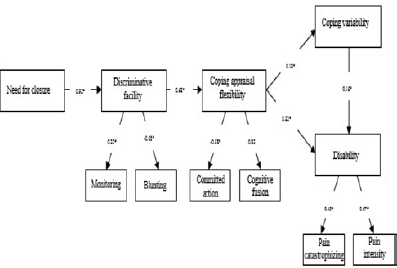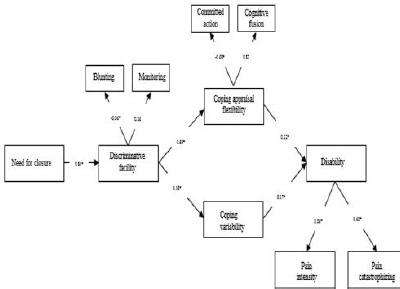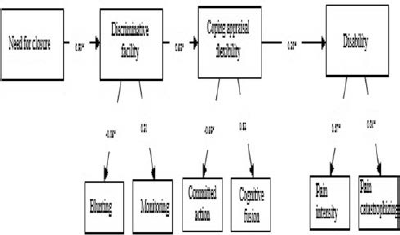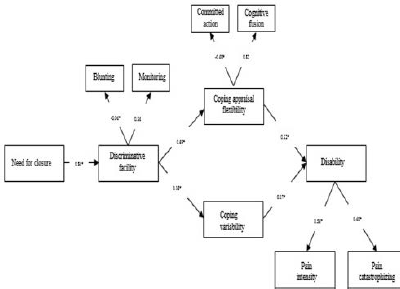The role of coping flexibility in chronic pain adjustment: Preliminary analysis
Published online by Cambridge University Press:
23 March 2020
- W. Wong*
- Affiliation:
Hong Kong Institute of Education, Dept of Special Education & Counseling, Hong Kong, China
- Y. Chow
- Affiliation:
Queen Mary Hospital, Dept of Anesthesiology & Operating Services, Hong Kong, China
- S. Wong
- Affiliation:
Queen Mary Hospital, Dept of Anesthesiology & Operating Services, Hong Kong, China
- P. Chen
- Affiliation:
Alice Ho Miu Ling Hospital, Dept of Anesthesiology & Operating Services, Hong Kong, China
- H. Lim
- Affiliation:
United Christian Hospital, Dept of Anesthesiology & Operating Services, Hong Kong, China
- L. McCracken
- Affiliation:
King's College London, Health Psychology Section, London, United Kingdom
- R. Fielding
- Affiliation:
University of Hong Kong, School of Public Health, Hong Kong, China









Comments
No Comments have been published for this article.